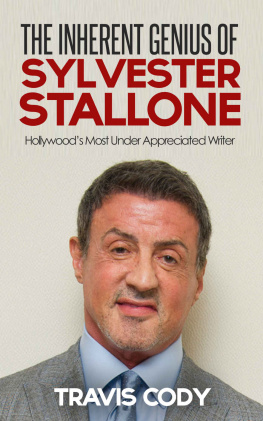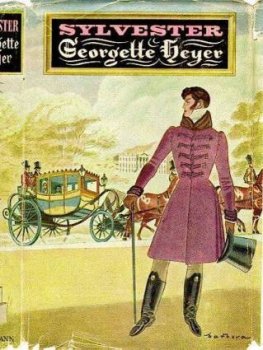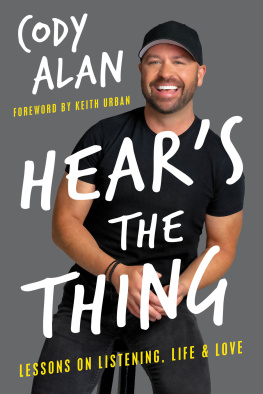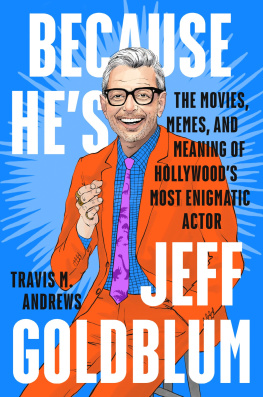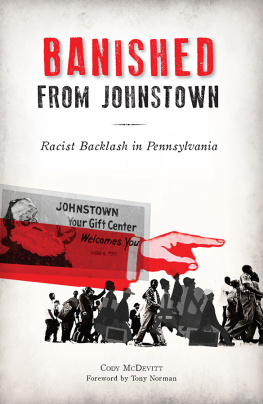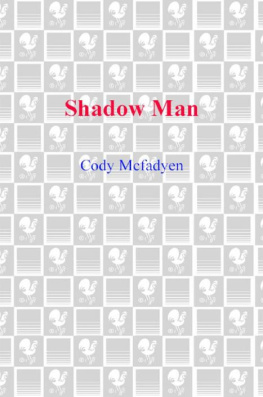THE INHERENT GENIUS OF
SYLVESTER
STALLONE
Hollywoods Most Under Appreciated Writer
By
TRAVIS CODY
Copyright 2016 by Travis Cody
All rights reserved.
No part of this publication may be reproduced, distributed, or transmitted in any form or by any means, including photocopying, recording, or other electronic or mechanical methods, without the prior written permission of the author, except in the case of brief quotations embodied in critical reviews and certain other noncommercial uses permitted by copyright law.
Travis Cody
Visit the Official Travis Cody Website at:
www.TravisCody.com
Printed in the United States of America
First Printing: May 2017
Axios Publishing
ISBN: 978-0-692-62045-8
In honor of Sylvester Stallones ongoing support of Military Veterans, 100% of the profits from the sale of this book are donated to Hire Heroes USA.
www.HireHeroesUSA.org
Contents
THE HEROS JOURNEY

A hero ventures forth from the world of common day into a region of supernatural wonder: fabulous forces are there encountered and a decisive victory is won: the hero comes back from this mysterious adventure with the power to bestow boons on his fellow man.
Joseph Campbell
Introduction
When the name Sylvester Stallone comes up, the first word association is: Rocky. Followed in quick succession by Rambo and Action Star. Rarely is the word writer ever mentioned. Its almost as if Stallones shredded physique and the muscle head heroes that hes made a career from, have blinded people to a tremendously startling fact: Out of the 46 films that Stallone has starred in, 24 have been written by him! This is something that no other A-List actor can claim.
Also forgotten is the fact that in 1977 Stallone became only the third person in history to be nominated for an Academy Award for both acting AND writing! (The other two being Charlie Chaplin and Orson Welles). Unlike other, more recent, actors who make claim to have written their way to stardom Stallone has continued to write one blockbuster film after another for over 40 years. And he shows no signs of slowing down. The Expendables (2010) opened at number one at the U.S. box office with a first weekend gross of $35 million. This makes Sylvester Stallone the only person in Hollywood history to have starred in films that have opened atop the box office charts over five consecutive decades.
As the former head of film development for producer Jonathan Krane, Ive spent nearly 15 years tearing stories, ideas and scripts into pieces in order to analyze what separates the GREAT from mediocre or lame. One of the great privileges of working with dozens of massively talented writers has been to watch the creative process unfold and blossom.
At the core, has always been an underlying faith and belief in Joseph Campbells Heros Journey. Its the one thread seemingly to tie all great stories together. While its dangerous to suggest that there is a formula for writing a great film, since talentless executives and writers can suddenly proclaim that screenwriting is nothing more than a paint by numbers process, the Heros Journey certainly offers a proven structure to emotionally moving stories.
As Ive studied Campbells works in an effort to uncover his secrets, as it were, a baffling fact popped up: most of what has been written about the Heros Journey in Hollywood has been around a single film.
Stallone, on the other hand, has managed to do something that no other screenwriter in history has managed to achieve: A complete, faithful adherence to the structure not only just on the micro level of each film; hes also managed to do so on a macro level in which each film is its own separate piece of Campbells 4-Step Circle. Even more incredible is when you consider the character with whom he accomplished this with: Rambo.
And therein lies the basis for this book. Sylvester Stallone, as a writer, has flown quietly under the radar for most people. Its a combination of his volume of work, along with the fact that its been so subtle, that makes his accomplishments genius. And certainly makes him one of the most underappreciated writers in Hollywood today.
The short book you are about read was originally researched and written as part of my final Masters Thesis making it, at the time of this writing, the only academic work to be written around the writing of Sylvester Stallone and, more specifically, what he managed to achieve with his Rambo film series. I hope you enjoy it.
CHAPTER ONE
A Little Context for Our Story
The lifes of work of Joseph Campbell has deeply impacted the entertainment industry, especially when it comes to movies. In Hollywood his theories, particularly those found in The Hero with a Thousand Faces and The Power of Myth, have become essential guides to anyone wishing to create a powerful, lasting story. All stories consist of a few common structural elements found universally in myths, fairy tales, dreams and movies. They are known collectively as The Heros Journey. (Vogler, xxvii) Some of the greatest and most financially profitable films of all time including Star Wars, Titanic, Lion King, and Back to the Future successfully incorporate elements of The Heros Journey.
Few films, however, give as detailed a view of the journey on a micro and macro level as do the Rambo films written by Sylvester Stallone. These films epitomize the four primary stages of the journey which are Separation, Descent, Initiation, and Return. The character of John Rambo goes through all four stages during each film. Collectively, the four films also comprise the entire journey, with each film representing one of those arcs. The films provide a rare example of a Heros Journey that takes over thirty years to fully complete.
In order to conduct a thorough analysis of the Rambo films the history and background of the Heros Journey needs exploration first. Realization of the content of the films only happens with full understanding of context. What is the Heros Journey? Where did it come from? How did it become the standard by which many Hollywood producers and studio executives now use to evaluate, analyze and create the films that they do?
Joseph Campbell graduated from Colombia University with a degree in English and medieval literature. Fascinated with the Native American artifacts he witnessed as a child, Campbell became an author of comparative mythology. His work examined the functions of myth in cultures across the world and mythic figures in a wide range of literature. (Biography) While teaching at Sarah Lawrence College he attended lectures by prominent Indologist Heinrich Zimmer. When Zimmer died shortly after, Campbell undertook the task to transcribe his unpublished notes. The process took over twelve years and resulted in four books: Myths and Symbols in Indian Art and Civilization (1946), The King and the Corpse (1948), Philosophies of India, (1951), and The Art of Indian Asia (1955) (Ibid). During the transcription Campbell was also writing his own book on myth titled The Hero of a Thousand Faces, which remains his best-known work. In it Campbell tied the meaning of myth to its plot and claimed to have deciphered the common plot of all hero myths. He understood the hero myths central plot in Jungian terms, defining it as the male or female heros journey to a strange, new, divine world (Ibid). In the mid-80s Campbells ideas exploded into a wider sphere of awareness with the Bill Moyers interview show on PBS,
Next page
